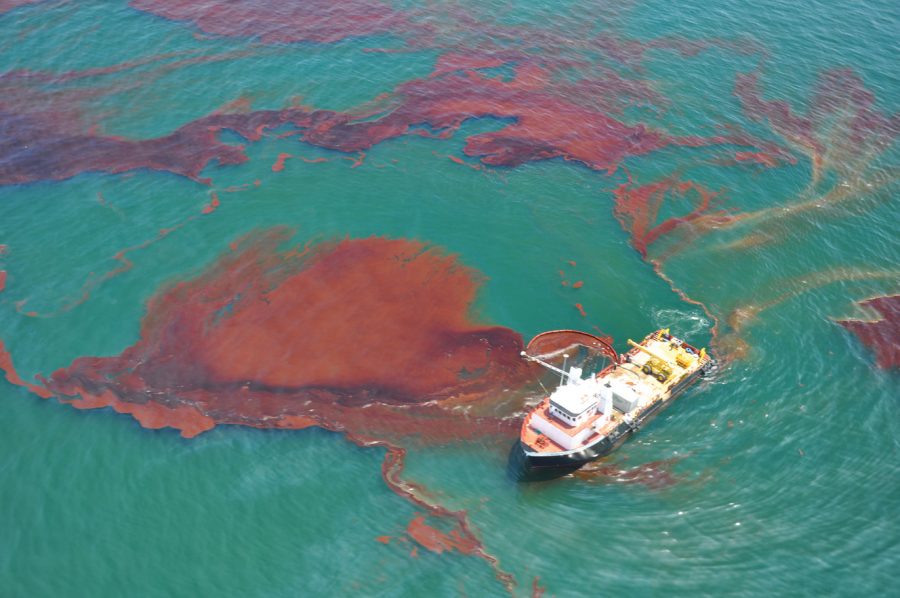Sponging Away Oil Spills
Researchers at the Argonne National Laboratory have developed a new technology for absorbing oil out of water in order to help clean waterways and oceans and improve how oil spills are managed.
The Oleo Sponge is made of polyurethane foam combined with oleophilic molecules that attract oil from water. It was challenging for the researchers to find a way to insert oleophilic molecules into the sponge’s interior, but they resolved this problem by infusing metal oxide. This helped to create a primer on the interior of the sponge that the molecules could adhere to. As a result, the Oleo Sponge can absorb oil up to ninety times its weight.
Another benefit to this wonder sponge is that it can be wrung out after use and the oil can be reclaimed and the sponge can be reused. This feature is very environmentally friendly, because none of the materials go to waste and the potentially harmful oils can be recycled and properly stored. Of course, the sponge comes with a large price tag, because of the extensive testing that must be done before it is released into the market. The creators hope to commercialize the material with major corporations in order to achieve funding and get the product ready for real world use in the next five years.
Researchers tested the material extensively in New Jersey in a saltwater tank and found that it was able to absorb all oil from the tank. The most outstanding property of the sponge is that it could collect oil from above and below the water’s surface. Additionally, researchers noted that the same sponge was able to undergo hundreds of trials by simply wringing it out, which proves the material is extremely sturdy.
The devastating 2010 Deepwater Horizon oil spill released millions of gallons of oil into the Gulf of Mexico. If this sponge technology had been on the market at the time, the spill would have been quickly cleaned and most of the oil would have been reclaimed rather than ruined. In fact, this spill is what inspired researchers to begin working with oleo sponge technology.
Oil spills contaminate the Earth’s water and are disastrous to marine life. Also, the current methods of cleaning oil spills are extremely faulty and inefficient. The spread of oil across oceans and waterways can be slowed down with floating barriers and skimmers can remove oil on top of the water. However, collecting oil that is under the surface of the water is much trickier and currently chemical dispersants are used to do so. These chemicals are often just as harmful to marine life and the water’s health as the oil spill itself. Other sponges that have been used can absorb oil, but they had to be disposed of after they were saturated. The Oleo Sponge, however, can be reused and is far more efficient.













